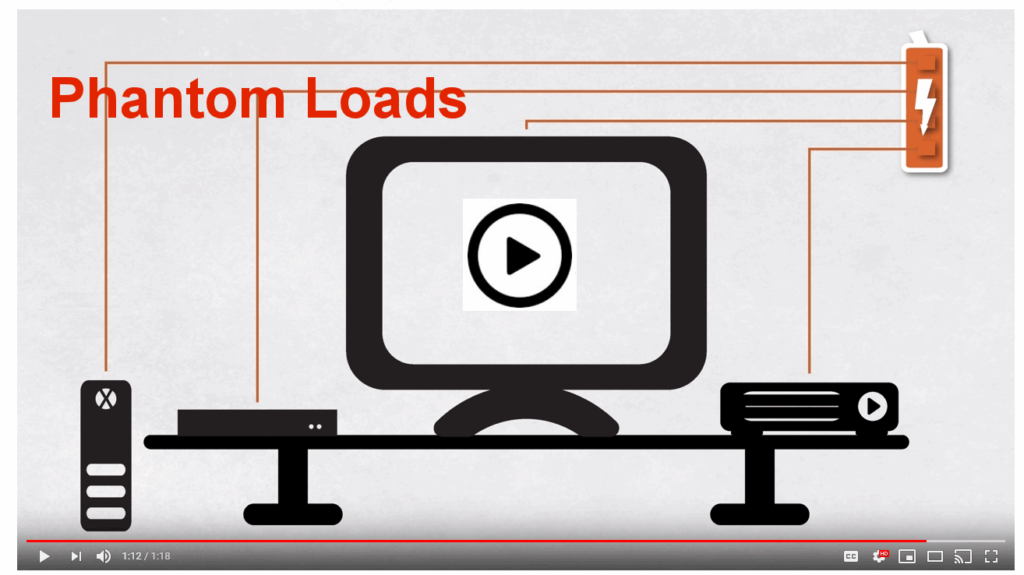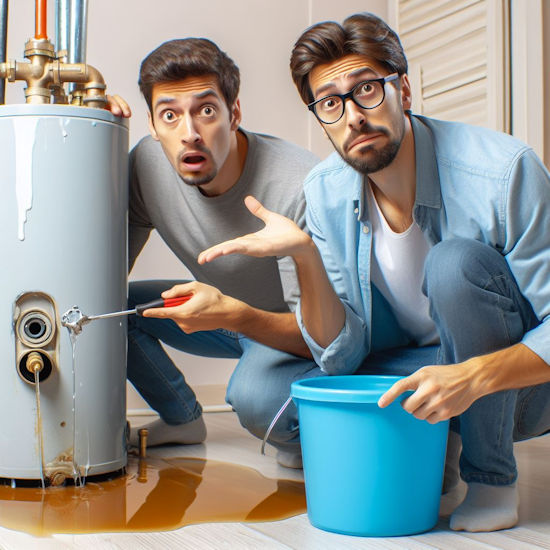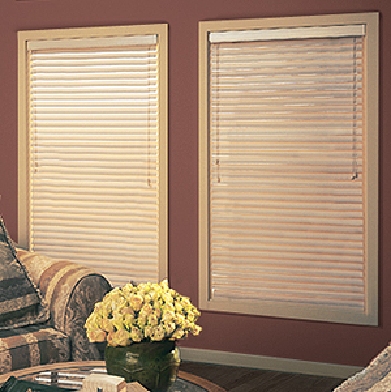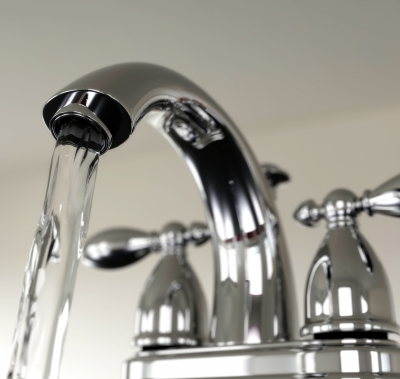When it comes to saving money around your house, you don’t always need to make big changes. In the average home, a few small upgrades can have a major impact on the monthly bills. As an added bonus, making your home as efficient as possible is also good for the environment.
Smart Thermostat
One of the easiest ways to cut back on your monthly expenses is to install a smart thermostat. These cutting-edge devices are more affordable than ever, and they give homeowners unprecedented control over their HVAC systems. After your thermostat has been installed for a few weeks, it will begin to learn your habits and preferences. When you head to work or go to sleep for the night, the thermostat will automatically adjust the temperature to maximize efficiency.
Low-Flow Faucets
Even if your faucets are relatively new, they might not be as efficient as you think. Basic faucets can waste multiple gallons of water per minute, and you don’t always need that much pressure. Low-flow faucets are inexpensive, easy to install, and very efficient. Installing these devices throughout your home is going to lower your water bills and reduce your impact on the environment. You can also buy low-flow showerheads, and toilets. If you are filling things like buckets, tubs and pots, low flow outdoor spigots, tubs and kitchen faucets don’t make sense. But drip irrigation can save a lot of water in the garden.
Power Strips
There are quite a few reasons why you might want to install a few power strips throughout your home. In addition to protecting your devices from surges, power strips can also put an end to phantom loads. Many electronics continue to draw power even when they are not being used, and all of those phantom loads throughout your home could be costing you a few hundred dollars a year. Instead of unplugging every device, you will be able to flip a single switch on each power strip.
Humidifier/Dehumidifier
You may not realize it but humidity plays a big part in how comfortable you feel. You may have heard the old joke about it being over 100 degrees F but it doesn’t feel so hot because it is a dry heat. Well, there is actually some basis in fact to that. 100 degrees at 10 or 20% humidity doesn’t feel as hot as 100 degrees at 50 or 60% humidity and at 90% humidity you will feel like you are melting. Those who live in hot, humid climates should consider investing in some type of dehumidifier to reduce the moisture in your home and make it feel more comfortable. Air conditioners naturally do this and that is why you will often see them dripping. But if you don’t have A/C such as in a garage or basement you may want to reduce humidity by using a dehumidifier. Remember, in addition to making it feel uncomfortable too much humidity can cause mildew growth, and even help to rot wood and promote termites. When the relative humidity is between 40 and 50 percent, your home is going to feel much cooler during the hot summer months, and that means your HVAC system won’t need to be turned on as often.
In the winter time the problem is the opposite. Your heating system tends to dry out the air often becoming just as dry as the Sahara desert, this will dry out your nose and throat an make you more susceptible to colds etc. By increasing the moisture in your home through the use of a humidifier you can also keep the house a few degrees cooler and feel just as comfortable (perhaps even more comfortable) thus saving on your heating bill. While smaller humidifiers can be placed in all of your bedrooms, you might benefit from a whole-house humidifier that is connected to your HVAC system. Those devices cost more initially, but they often last for decades with the proper maintenance.
If you are looking for even more ways to save, then you should contact a local contractor and schedule an energy audit. Carrying out an audit once every few years will allow you to find and address any issues in your home that could be driving up your utility bills.
You might also like:




